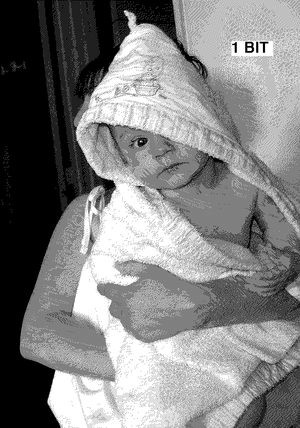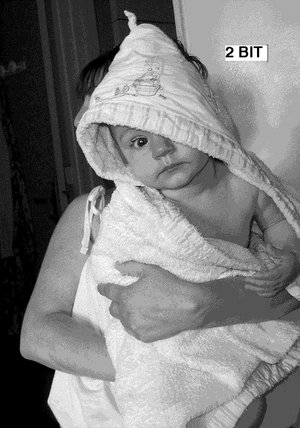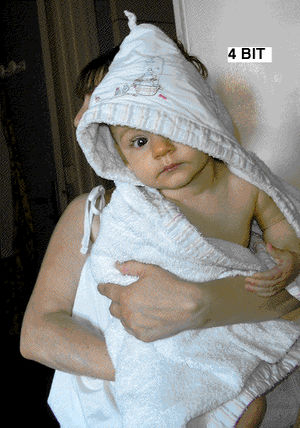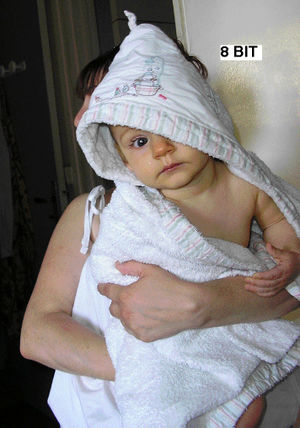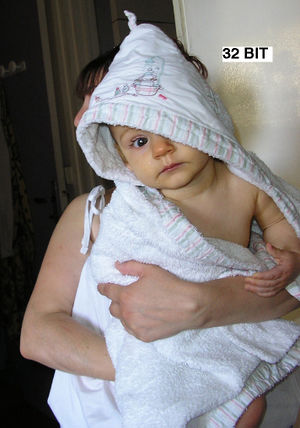MTD2 class 8
Contents
In Class
- Rendering in Premiere
Digital Theory
Word of the Day Analog How stuff works - How Analog and Digital Recording Works
Analog vs. Digital the arguments in a nutshell
| Analog | Digital Good |
|---|---|
| Infinite dynamic quantization (infinite resolution) | Quantization error fix - more bit depth/oversampling |
| Good? - The warming effects 'we're used' to from tape compression. | Good?-'Perfect' reproduction of high frequencies - 'soundz harsh fix - 'using warm-sounding mikes and preamps (tubes)' |
| Bad - Tape noise and generation loss | Good - 'no generation loss' |
| Bad - 'Cheap recordings sound cheap' | Good - 'cheap recordings sound good but digital' |
* 'anything in quotes is what I like to call an opinion
Other Opinions
analog winner http://www.segall.com/atr.html
analog winner http://www.digido.com/analog_versus_digital.html
comparison http://www.outersound.com/osu/recording/
ana-dig.html Number Systems
| Hexadecimal Base 16 | Decimal Base 10 | Octal Base 8 | Binary Base 2 |
|---|---|---|---|
| 0 | 0 | 0 | 0000 |
| 1 | 1 | 1 | 0001 |
| 2 | 2 | 2 | 0010 |
| 3 | 3 | 3 | 0011 |
| 4 | 4 | 4 | 0100 |
| 5 | 5 | 5 | 0101 |
| 6 | 6 | 6 | 0110 |
| 7 | 7 | 7 | 0111 |
| 8 | 8 | 10 | 1000 |
| 9 | 9 | 11 | 1001 |
| A | 10 | 12 | 1010 |
| B | 11 | 13 | 1011 |
| C | 12 | 14 | 1100 |
| D | 13 | 15 | 1101 |
| E | 14 | 16 | 1110 |
| F | 15 | 17 | 1111 |
Binary Numbers
As Humans we use a 10 base numbering system. For machines this numbering system is impractical.
Gottfried Willheml von Leibnitz devised the binary number system in 1679
Converting Binary Numbers
Binary->Decimal
110102 = (1 * 24) + (1 * 23) + (0 * 22) + (1 * 21) + (0 * 20) = 1610 + 810 + 0 + 210 + 0 = 2610
Dividing by two
| integer | remainder | binary # |
|---|---|---|
| 26 | ||
| 26/2 | 0 | 0 |
| 13/2 | 1 | 1 0 |
| 6/2 | 0 | 0 1 0 |
| 3/2 | 1 | 1 0 1 0 |
| 1/2 | 1 | 1 1 0 1 0 |
| 0/2 | that's it kids |
for more info see Dr. Dave's Class readings (i believe it's in week 2)Daves text
Base2
Each new bit doubles the number of intervals.
| 20 | =1 | monochrome, often black and white |
| 21 | =2 | |
| 22 | =4 | |
| 23 | =8 | Most early color Unix workstations, VGA at low resolution, Super VGA, AGA http://en.wikipedia.org/wiki/Web_colors#Web-safe_colors |
| 24 | =16 | |
| 25 | =32 | |
| 26 | =64 | |
| 27 | =128 | |
| 28 | =256 | |
| 29 | =512 | |
| 210 | =1024 | |
| 2 11 | =2048 | |
| 212 | =4096 | |
| 213 | =8192 | |
| 214 | =16384 | |
| 215 | =32768 | |
| 216 | =65536 | "thousands of colors" on Macintosh |
| 220 | =1048576 | |
| 224 | =16777216 | Truecolor or "millions of colors" on Macintosh systems |
| 232 | = 4,294,967,295 | refers to 24-bit color (Truecolor) with an additional 8 bits |
| 264 | = 18,446,744,073,709,551,616 | = 16 exabytes. That's more than 18 billion billion bytes. |
Large Bit Names
| Name | Abbr. | Size |
|---|---|---|
| Kilo | K | 2^10 = 1,024 |
| Mega | M | 2^20 = 1,048,576 |
| Giga | G | 2^30 = 1,073,741,824 |
| Tera | T | 2^40 = 1,099,511,627,776 |
| Peta | P | 2^50 = 1,125,899,906,842,624 |
| Exa | E | 2^60 = 1,152,921,504,606,846,976 |
| Zetta | Z | 2^70 = 1,180,591,620,717,411,303,424 |
| Yotta | Y | 2^80 = 1,208,925,819,614,629,174,706,176 |
Color Depth
http://en.wikipedia.org/wiki/Color_depth
Premiere Audio Demo
examples of style in animation
Flash Tracing Demo
How to trace still images in flash
Homework
- Read Chapter 3 in Sound Design for Interactive Media
- Render and Post and link a rought cut of your Story Boards with Audio
